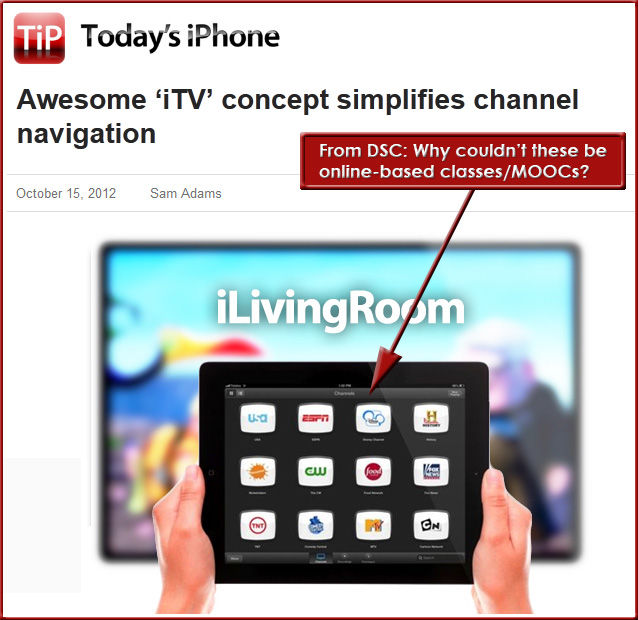College branding: The tipping point — from forbes.com by Roger Dooley
Excerpt:
Change is coming to this market. While there are multiple issues of increasing importance to schools, two stand out as major game-changers.
From DSC:
Important notes for the boards throughout higher education to consider:
Your institution can’t increase tuition by one dime next year. If you do, you will become more and more vulnerable to being disrupted. Instead, work very hard to go in the exact opposite direction. Find ways to discount tuition by 50% or more — that is, if you want to stay in business.
Sounds like the scene in Apollo 13, doesn’t it? It is. (i.e. as Tom Hanks character is trying to get back to Earth and has very little to do it with. The engineers back in the United States are called upon to “do the impossible.”)
Some possibilities:
- Pick your business partners and begin pooling resources and forming stronger consortia. Aim to reduce operating expenses, share the production of high-quality/interactive online courses, and create new streams of income. Experimentation will be key.
- Work with IBM, Apple, Knewton and the like to create/integrate artificial intelligence into your LMS/CMS in order to handle 80% of the questions/learning issues. (Most likely, the future of MOOCs involves this very sort of thing.)
- Find ways to create shorter courses/modules and offer them via online-based exchanges/marketplaces. But something’s bothering me with this one..perhaps we won’t have the time to develop high-quality, interactive, multimedia-based courses…are things moving too fast?
- Find ways to develop and offer subscription-based streams of content












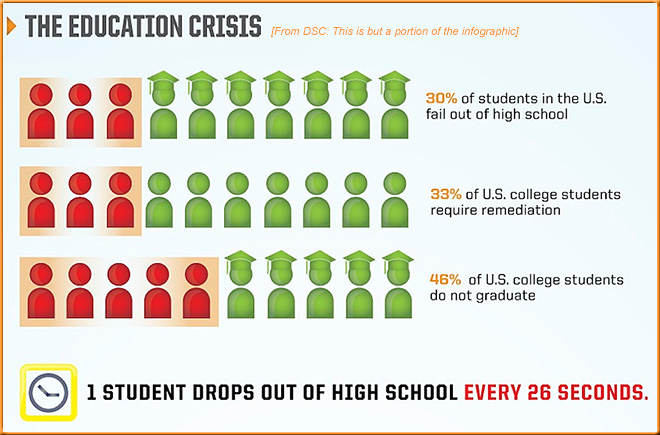
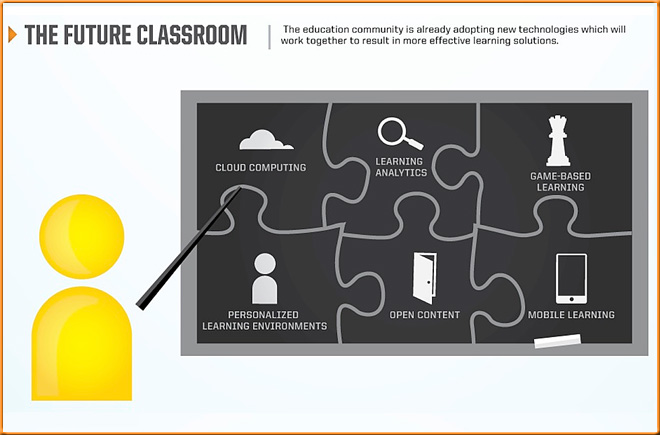

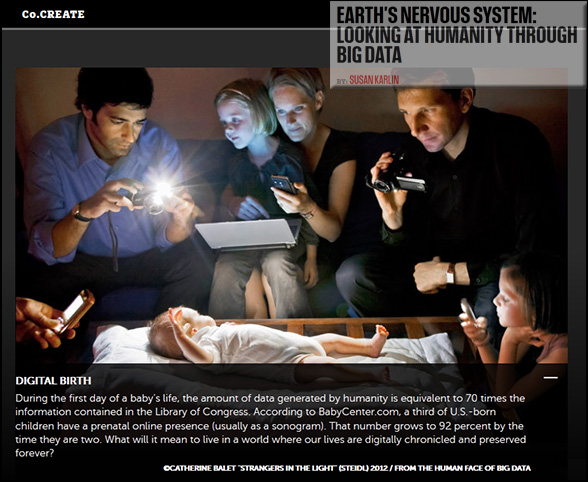
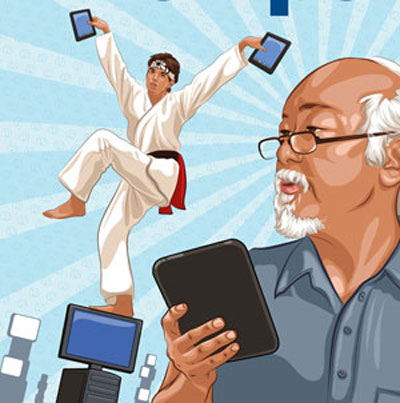




![The-Living-Class-Room-Daniel-S-Christian---July-2012 The Living [Class] Room -- by Daniel Christian -- July 2012 -- a second device used in conjunction with a Smart/Connected TV](http://danielschristian.com/learning-ecosystems/wp-content/uploads/2012/07/The-Living-Class-Room-Daniel-S-Christian-July-2012.jpg)
